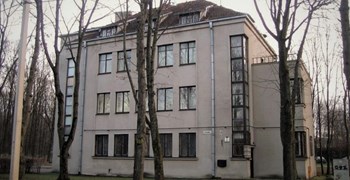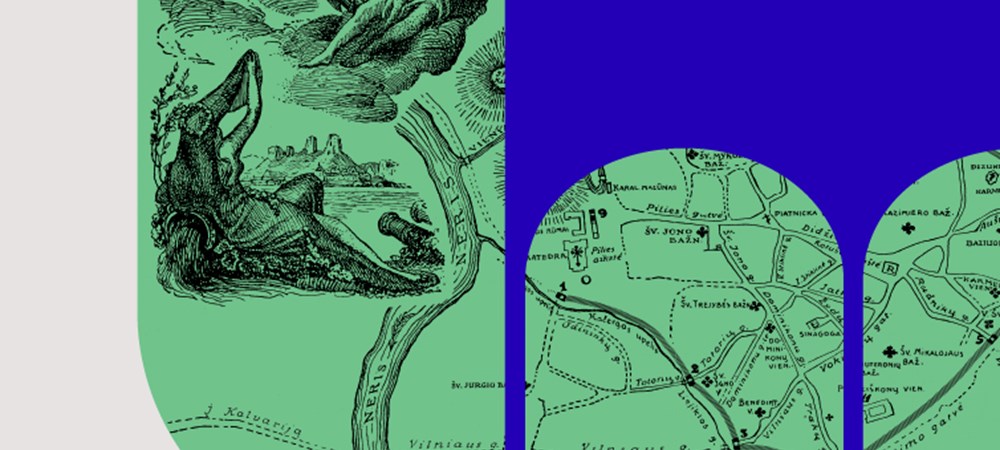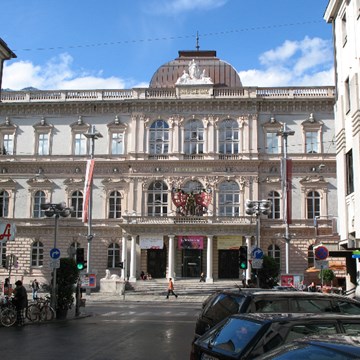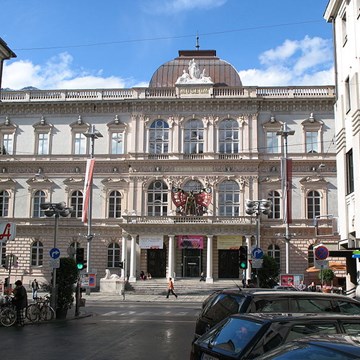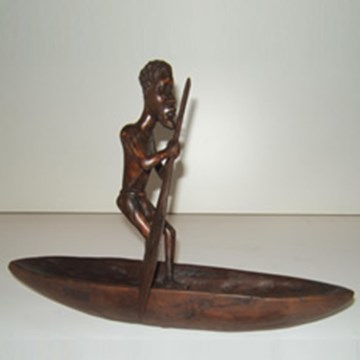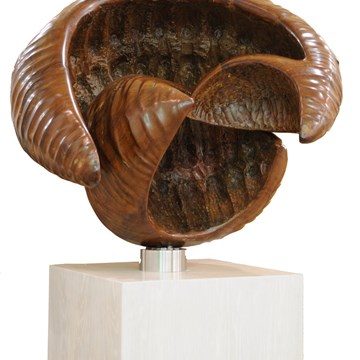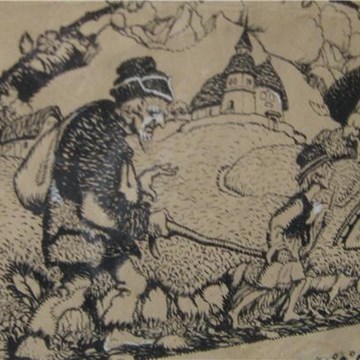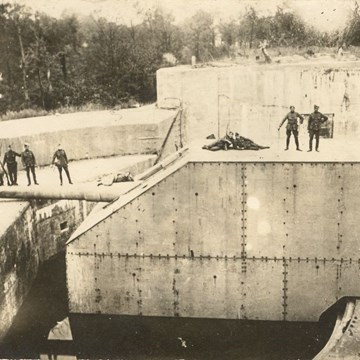"The City of Green Passages. Vilnius in the Collections of the M. K. Čiurlionis National Museum of Art"
This exhibition is M. K. Čiurlionis National Museum‘s of Art greeting to Vilnius on the city‘s 700th anniversary, it is an occasion and an opportunity to read the visual text about Vilnius, as told by the exhibits from the museum‘s collections.
Artworks featuring Vilnius and a character of the museum's collections have determined a chronological structure of the exhibition. It presents a story on the iconographic development of Vilnius in the 19th century, which is perhaps most comprehensively reflected in Paulius Galaunė‘s collection of prints depicting the lithographed images of Vilnius architecture and monuments of art. Another group of exhibits illustrate Vilnius of the first half of the 20th century. These are Mstislavas Dobužinskis‘ authentic cityscapes, Jerzy Hoppen's exquisite etchings and a great number of works reminiscent of a particularly sensitive topic in the history of the city and the whole country – the almost two decades-long occupation by Poland. The third structural part of the exhibition includes paintings and graphic works created during the Soviet period – a controversial time of restrictions but without a lack of bold modernist look, colourful and filled with sentiments – an expression of resistance to ideological themes.
This is far from being a coherent and all-encompassing visual narrative about Vilnius, it is neither a comprehensive study on the history of fine arts in the city nor a genesis of Vilnius as an object of art. Actually, these are the fragments of the city's – the capital's visual identity and the history of Vilnius in images that deepen and broaden our knowledge of the capital. At the same time, it is a reflection of the history of the museum's collections, the circumstances of their formation and compilation, and, surely, one more opportunity to present the museum's treasures to the public.
A visual identity of Vilnius – romantic, nostalgic, mythologised, constructed on the basis of stress or a national narrative – unfolds before us and leads through the city's arch-shaped passages along the labyrinths of the capital's spaces and former times, through the randomly chosen paths that symbolise the ascent of thoughts and spirit towards higher ideals, strength, aspirations and transformations between the past and the future.
Exhibitions and events
We don't have anything to show you here.
Activities from this museum
We don't have anything to show you here.
